Hi Everyone,
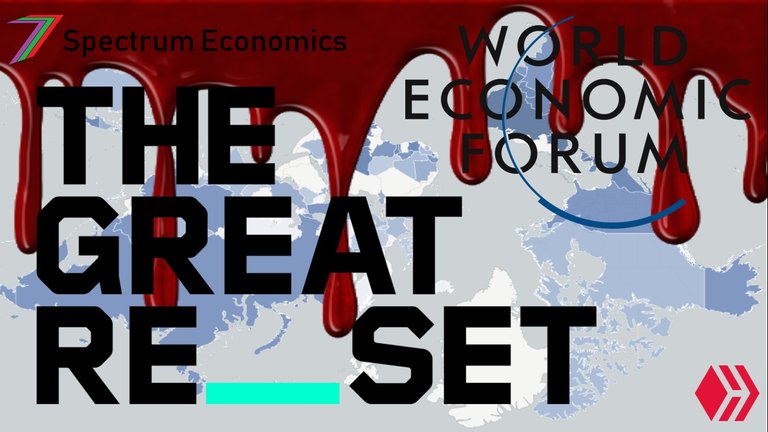
‘The Great Reset’ is receiving a significant amount of attention. Some people are excited about the possibilities of change while others are fearful that these changes could leads us down the path to dystopia. In this six part series, I will be summarising sections from the book ‘Covid-19: The Great Reset’. After each section and in some cases sub-sections, I will provide my own commentary. I discuss the aspects of the content I like and dislike as well as where I agree or disagree. The six parts are as follows:
- Introducing Covid-19: The Great Reset
- Macro Reset Part 1 (Economic and Societal Resets)
- Macro Rest Part 2 (Geo-political, Environmental, and Technological Resets)
- Micro Reset (Mirco Trends and Industry Reset)
- Individual Reset
- Conclusion and my overall opinion of the book
Introducing Covid-19: The Great Reset
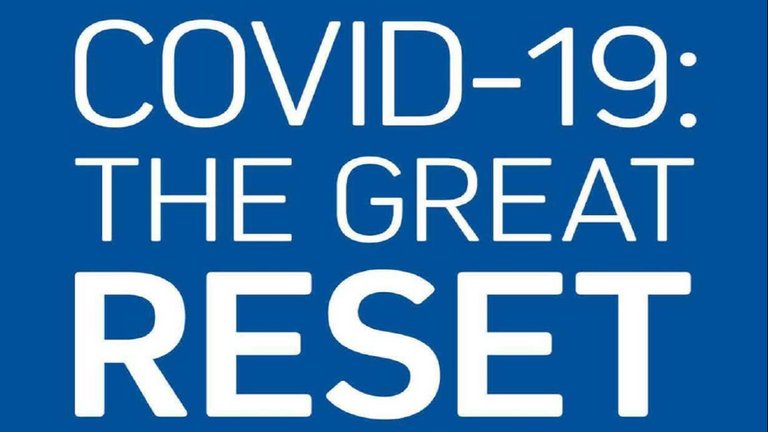
In 2020, Professor Klaus Schwab and Thierry Malleret authored the book ‘Covid-19: The Great Reset’. Professor Klaus Schwab is the Founder and Executive Chairman of the World Economic Forum. Thierry Malleret is the Managing Partner of the Monthly Barometer and is the founder and team leader of the Global Risk Network for the World Economic Forum. Content from the book along with content from another book titled ‘The Fourth Industrial Revolution’, also authored by Professor Klaus Schwab, have become a key emphasis of the World Economic Forum.
In this post, I will mostly be focusing on the content from the book ‘Covid-19: The Great Reset’. However, there is some overlap between the books and ideas put forward.
Theme of the book
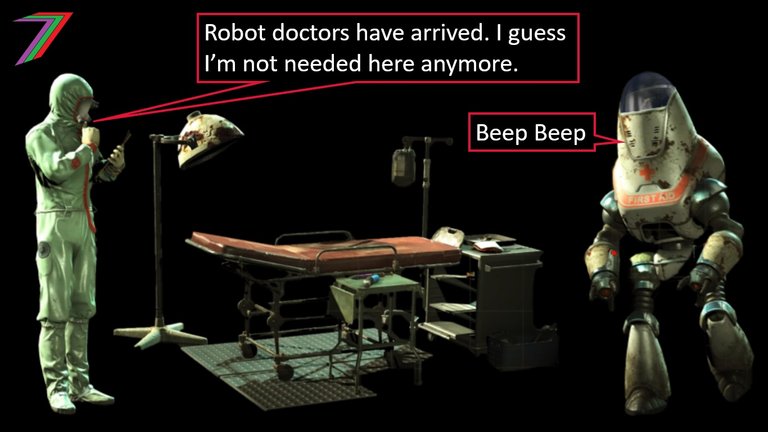
The authors of the book believe that the Covid-19 pandemic may have a silver lining, if is used to trigger significant economic, social, geopolitical and environmental change. The authors believe that Covid-19 has exposed many of existing weaknesses of current economic and political systems. In the short-run, they believe that Covid-19 has increased the impact of these weaknesses. These impacts include increased inequality, increased social tensions, and increased greed. The book outlines proposals that would significantly change existing economic and political systems. Hence, ‘The Great Reset’. The book outlines two possible paths forward. One path involves attempting to return to the pre-pandemic world and the other path involves adopting the recommendations proposed as part of ‘The Great Reset’.
My view on the theme of the book

I agree with some of the key observations made by the book. Our existing economic, social, and political systems are deeply flawed. Covid-19 and the responses to Covid-19 have revealed and amplified these weaknesses. However, I do not agree that the impacts identified by the authors are the most significant. Instead, I believe the biggest impacts are loss of freedom, corruption (both Government and private sector), and mental health. I believe that the response to Covid-19 is far more damaging than Covid-19 itself. Whereas, the book blames Covid-19 rather than the responses to it. I believe now is a great opportunity for change but there are far more than two possible scenarios (i.e. attempt to return to normal or the great reset).
Main areas covered in the book
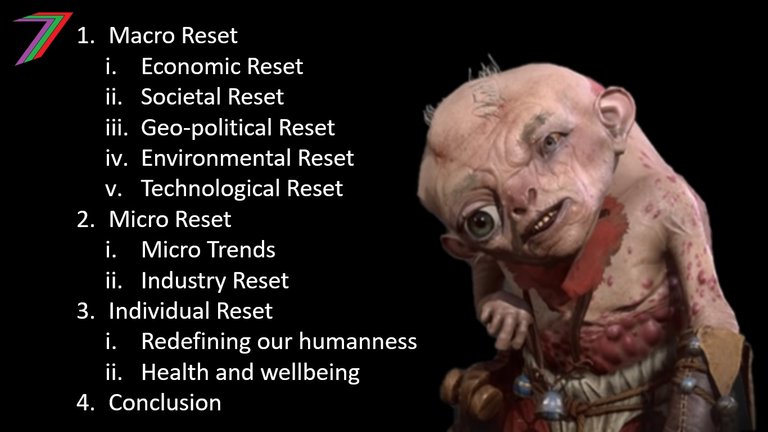
The book is divided into three sections. These sections are:
- Macro Reset
- Micro Reset
- Individual Reset
The 'Macro Reset' describes a broad approach to the economy, society, politics, environment, and technology. Each of the above are labelled as a type of reset (e.g. Economic Reset). This section of the book is prescriptive. It describes the type of action the authors believe Government/s should take to make the world a fairer and greener place to live. The authors prescribe a larger role for Governments and international bodies and for more centralised global governance. More than half of the book is focused on the 'Macro Reset' and the remainder of the book discusses the impact the 'Macro Reset' could have at micro and individual levels. Hence, the 'Macro Reset' section of the book is the most important.
The 'Micro Reset' section explores businesses and sectors in the economy. The book considers the types of businesses most and least affected by Covid-19 as well as which types of businesses are more likely to thrive post-pandemic. This section discusses the changes both businesses and Government should make to improve the resiliency of businesses to pandemics and other possible threats (e.g. climate change).
The 'Individual Reset' considers how individual behaviour is likely to change post-pandemic. It considers if the Covid-19 pandemic has brought the best or worst out in people. It discusses how people’s approach to health and wellbeing is likely to change. The section even describes how people’s relationship with nature might be effected.
My view on the main areas covered in the book
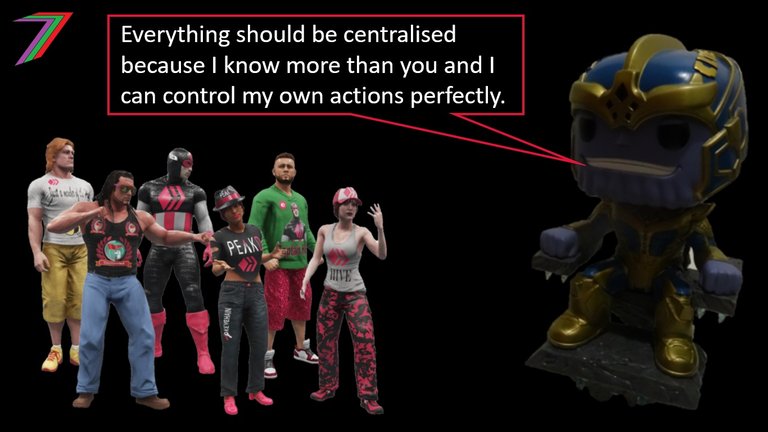
Dividing the content into macro, micro, and individual areas is a logical approach. There are different problems, which require different approaches at each level. It is good that the book acknowledges the relationships between these areas as well.
I did not agree with how the ‘Macro Reset’ content was handled. This section was prescriptive of the actions and attitudes it believed Governments should adopt. I believe they should have adopted a more descriptive approach of how Government intervention has affected the world both prior to and during Covid-19. A brief analysis of these actions would have been useful. There was a focus on achieving a fairer and greener world. These are reasonable objectives but it would have been better to discuss a system that helps identify objectives rather than predetermining them. The authors also focused on a more centralised approach to governance. Centralisation enables greater control thus a higher chance of implementation but it reduces the likelihood of success as knowledge sharing and feedback is restricted. Centralisation increases opportunities for abuse of power and corruption. This was clearly evident in Governments' responses to Covid-19. Unfortunately, the book appears to have completely ignored this problem.
The ‘Micro Reset’ content of the book was handled better. It was both more descriptive and analytical. It identified problems as well as how businesses might respond to these problems post-pandemic. However, these predictions are based on prescribed actions explained in the 'Macro Reset' section of the book.
The ‘Individual Reset’ content follows the more description approach used in the ‘Micro Reset’ section. It does not attempt to control individual behaviour directly but some of the book’s predicted responses are likely to be linked to prescribed Government behaviour outlined in the 'Macro Reset' section of the book.
Continued in Macro Reset Part 1 (Economic and Societal Resets).
More posts
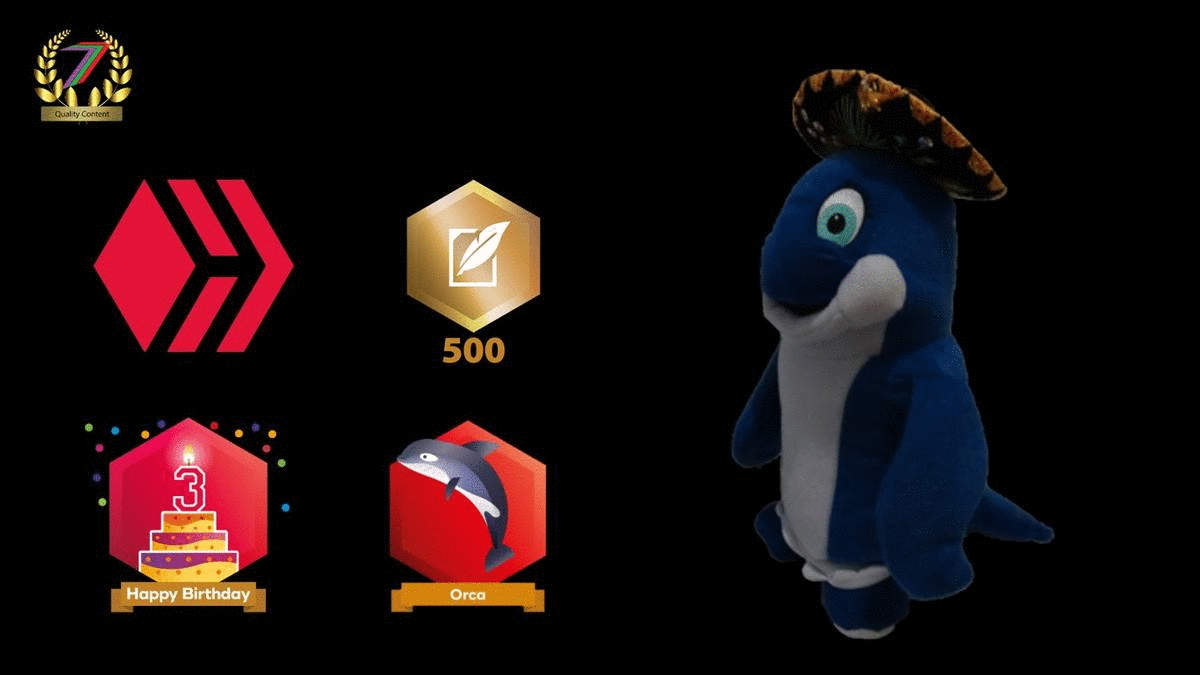
If you want to read any of my other posts, you can click on the links below. These links will lead you to posts containing my collection of works. These 'Collection of Works' posts have been updated to contain links to the Hive versions of my posts.
My New CBA Udemy Course
The course contains over 10 hours of video, over 60 downloadable resources, over 40 multiple-choice questions, 2 sample case studies, 1 practice CBA, life time access and a certificate on completion. The course is priced at the Tier 1 price of £20. I believe it is frequently available at half-price.
Future of Social Media





